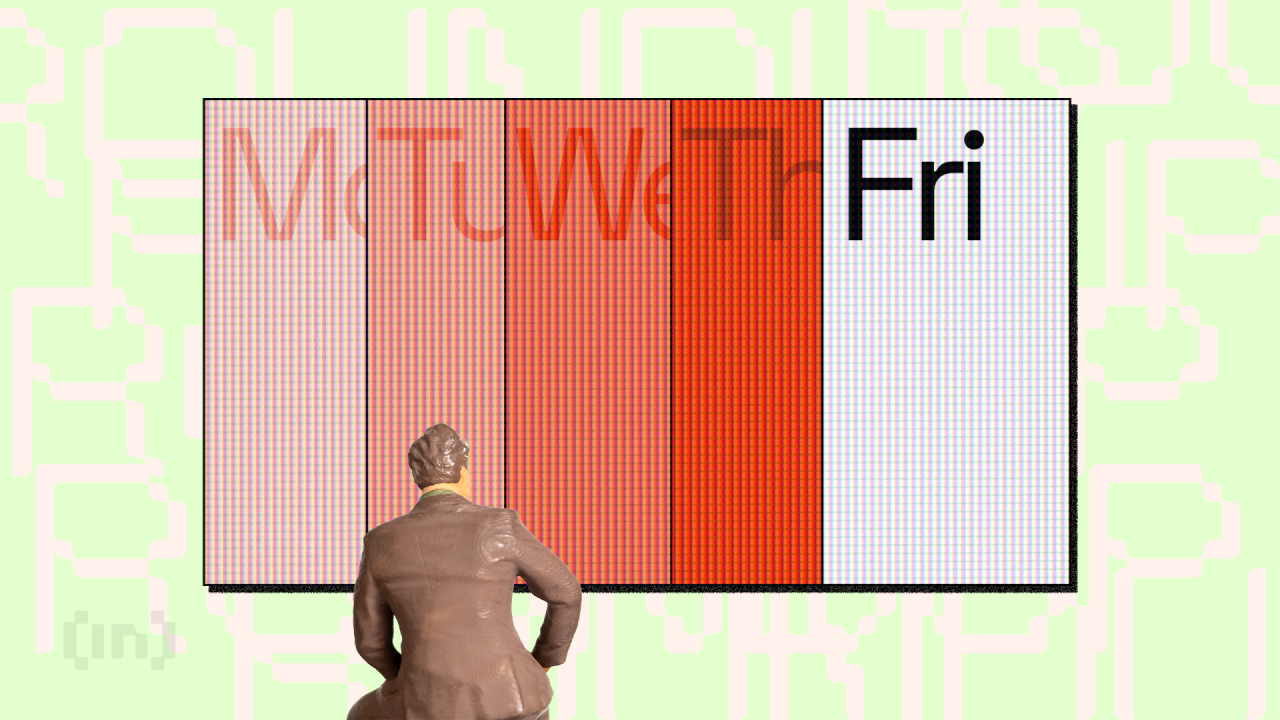The upward price pressure on Bitcoin seems relentless as $BTC achieves yet another all-time high at $107,800. MicroStrategy buys another $1.5 billion worth of Bitcoin, and the U.S. Spot Bitcoin ETFs also buy big.
Institutional and sovereign buying
Bitcoin may be advancing well into overbought territory, but the inexorable buying coming from the institutions just keeps pushing the price skyward.
MicroStrategy bought the top again with a further $1.5 billion outlay. The company acquired 15,350 BTC, which brings its total holdings to 439,000 BTC.
While MicroStrategy buys, and buys again, Blackrock’s IBIT ETF is doing the same, but at an even faster rate. IBIT accounted for $418.80 million of the $637.50 million that was the total inflow to the U.S. Spot Bitcoin ETFs on Monday. With the Blackrock IBIT purchases coming nearly every day, its overall holding has now grown to $539.02K BTC.
If one adds to this the likelihood that some nation states are also secretly buying or mining BTC, the current buying pressure can be explained.
Channel breakout or rejection?
Source: TradingView
As can be seen in the 4-hour chart above, the $BTC price is currently traversing within an ascending channel. The price has just touched the top of the channel for the third time, which confirms the pattern, and now it is a case of waiting to see whether the price will be rejected, or whether all the buying will push the price through.
These patterns are generally bearish, and so in the majority of cases, a rejection would be forthcoming, but this is Bitcoin, and therefore we must also expect the unexpected. If the price does come back down, two horizontal levels of support have recently been formed below at $103,800, and $99,600. The upward trend would only be nullified by a drop below $91,000.
Long-term bearish divergence in play
Source: TradingView
As a point of interest. Looking at the 2-week chart for $BTC, one can see that the current price is just making contact with an ascending trendline that touches both preceding bull markets. If one also looks at the RSI at the bottom of the chart, the trendline for those tops is descending. This points to bearish divergence. The only way to nullify this is for the indicator line on the RSI to rise above this line, and also above the previous top earlier this year.
Disclaimer: This article is provided for informational purposes only. It is not offered or intended to be used as legal, tax, investment, financial, or other advice.

 1 month ago
13
1 month ago
13









 English (US) ·
English (US) ·